Hepatitis B Surface Ab
(Specimen Container)
SST (Tiger Top) Lithium Heparin/ Sodium Heparin/ Dipotassium EDTA
(Transport Temperature)
| Temperature | Period |
|---|---|
| Room temperature | 72 hours |
| Refrigerated | 7 days |
| Frozen | If delayed longer than the max RT or 2-8°C, store frozen |
The Alinity i Anti-HBs assay determines the concentration of anti-HBs present in human serum and plasma.
HBV is a major cause of liver disease and is endemic worldwide. The virus can be transmitted through direct contact with blood and body fluids including sexual contact. The incubation period for HBV infection can range from 1 to 6 months averaging around 6 to 8 weeks. Typical acute clinical symptoms of HBV hepatitis include malaise, jaundice, gastroenteritis, and fever. However, HBV infection can also result in subclinical anicteric hepatitis, fulminant hepatitis, or chronic or persistent hepatitis. Although most adult patients with HBV infection completely recover from acute illness and clear the virus, 5 to 10% of patients with HBV may become chronic carriers. It is estimated that over 300 million people worldwide are chronic carriers of the virus.
Chronic HBV infection is associated with the development of hepatocellular carcinoma. In HBV infected neonates, approximately 90% develop chronic hepatitis B infection.
Anti-HBs assays are often used to determine the success of hepatitis B vaccination. The presence of anti-HBs has been shown to be important in protection against HBV infection.Numerous studies have demonstrated the effectiveness of the hepatitis B vaccine to stimulate the immune system to produce anti-HBs and to prevent HBV infection.
Assays for anti-HBs are also used to monitor the convalescence and recovery of hepatitis B infected individuals. The presence of anti-HBs after acute HBV infection and loss of hepatitis B virus surface antigen (HBsAg) can be a useful indicator of disease resolution. Detection of anti-HBs in an asymptomatic individual may indicate previous exposure to HBV or HBV vaccination.
The Alinity i Anti-HBs assay is a chemiluminescent microparticle immunoassay (CMIA) used for the quantitative determination of antibody to hepatitis B surface antigen (anti-HBs) in human adult and pediatric serum and plasma (dipotassium EDTA, lithium heparin, and sodium heparin) and neonatal serum on the Alinity i analyzer.
It is intended for quantitative measurement of antibody response following hepatitis B virus (HBV) vaccination, determination of HBV immune status, and for the laboratory diagnosis of HBV disease associated with HBV infection when used in conjunction with other laboratory results and clinical information.
WARNING: Not intended for use in screening blood, plasma or tissue donors. The effectiveness of the Alinity i Anti-HBs assay for use in screening blood, plasma, or tissue donors has not been established.
Assay performance characteristics have not been established for immunocompromised or immunosuppressed patients. The user is responsible for establishing their own assay performance characteristics in these populations.
No quantitative reference range

